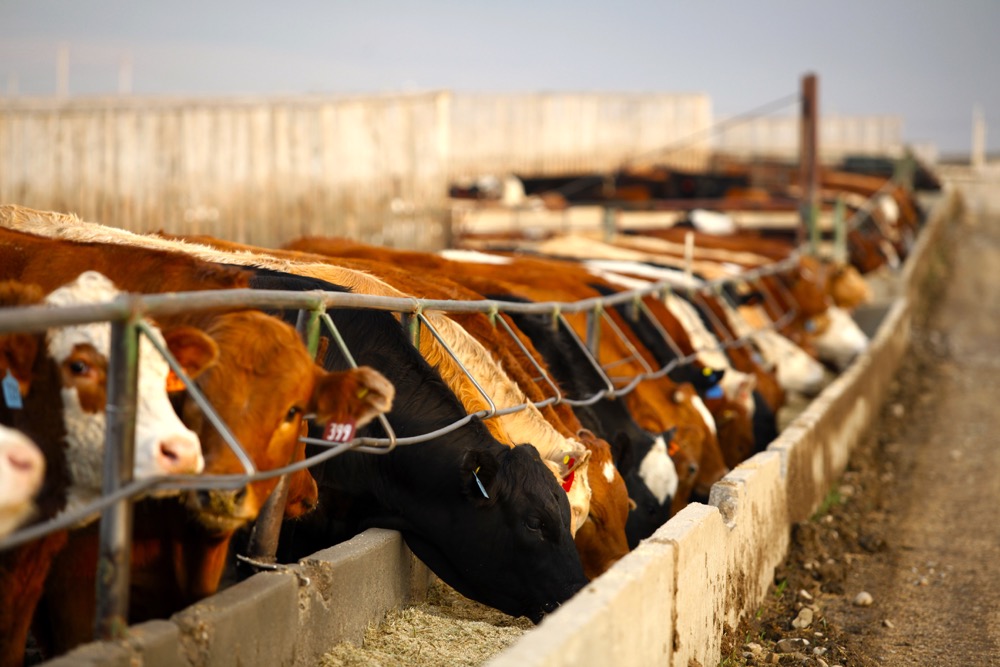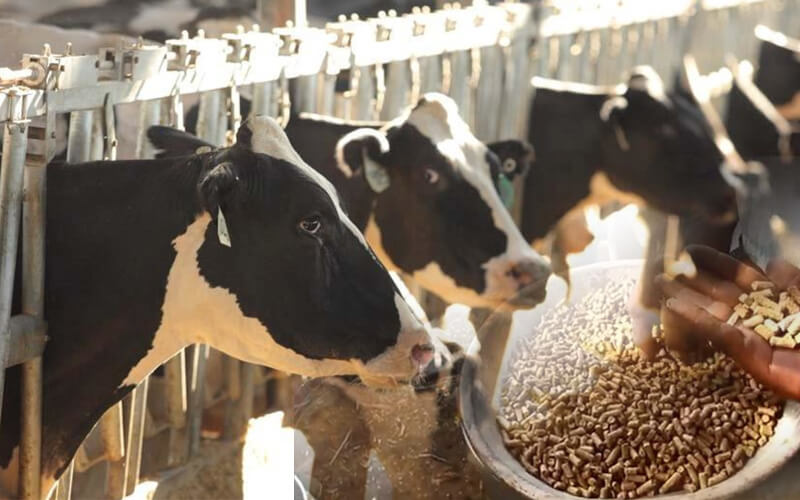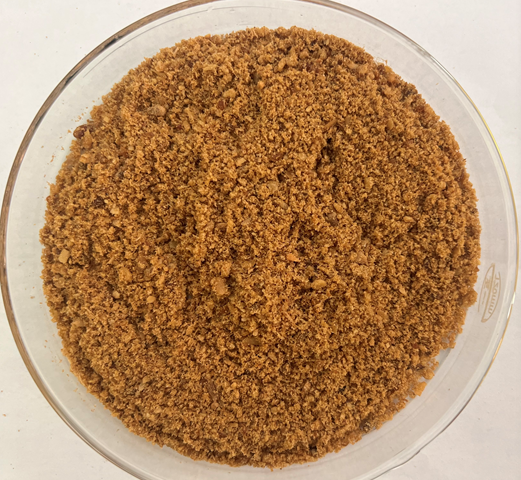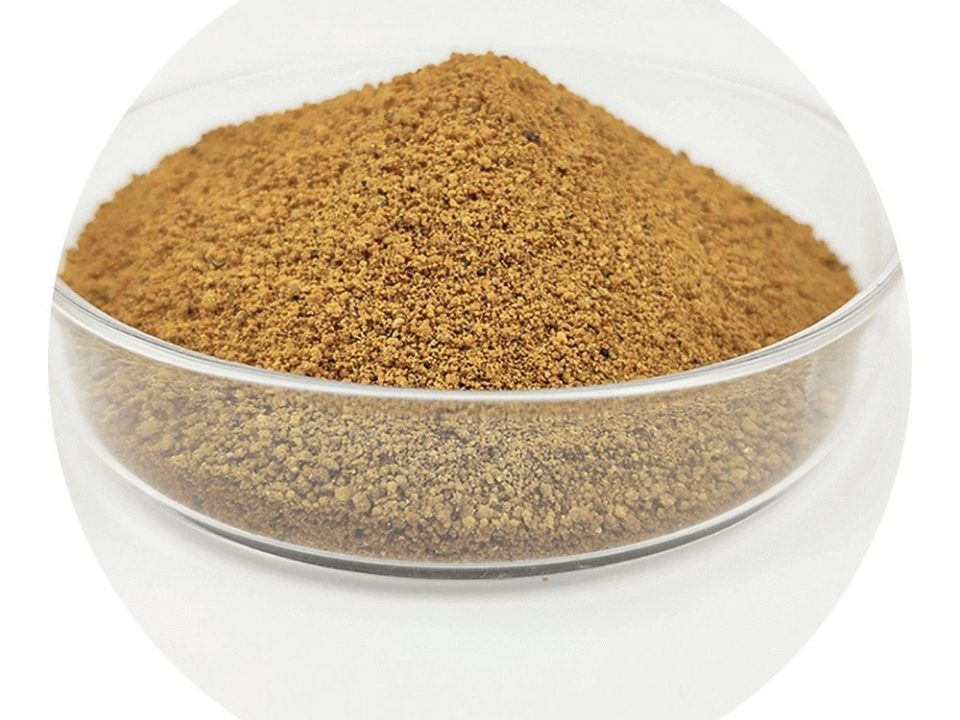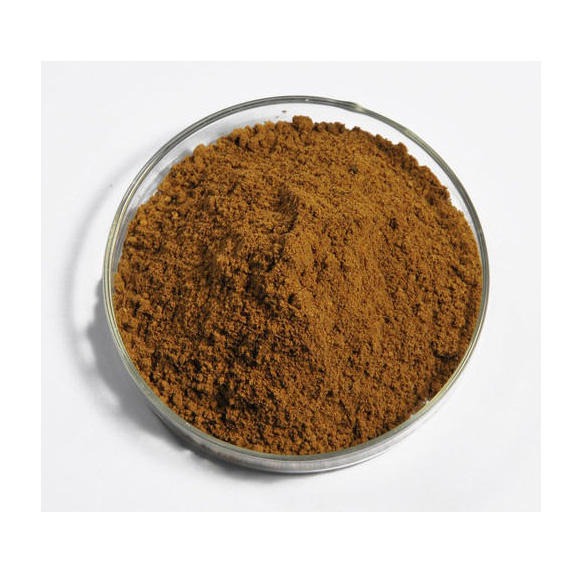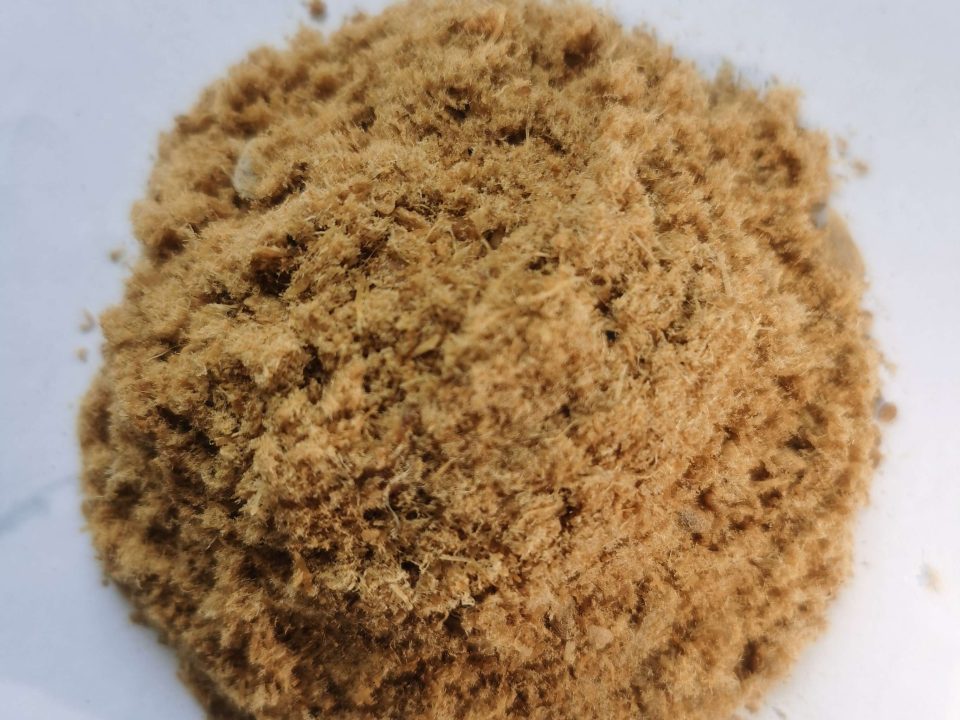Corn Gluten Feed-Composition and Feeding Value for Beef and Dairy Cattle

Corn Gluten Feed or Soybean Meal , Which Should I Feed?
September 24, 2024
2025 Soybean Meal Demand Assessment.
October 5, 2024Corn Gluten Feed: Composition and Feeding Value for Beef and Dairy Cattle
Introduction
Corn gluten feed (CGF) is a valuable byproduct of the corn milling process, widely used in the livestock industry, particularly for beef and dairy cattle. Its nutritional composition and cost-effectiveness make it an attractive feed option for producers seeking to optimize cattle diets. This comprehensive guide explores the composition of corn gluten feed, its feeding value, and its impact on the health and productivity of beef and dairy cattle. By understanding these aspects, cattle producers can make informed decisions to enhance their feeding strategies and improve overall herd performance.
1. Understanding Corn Gluten Feed
1.1 What is Corn Gluten Feed?
-
Definition: Corn gluten feed is a byproduct of the wet milling process of corn, consisting of the bran, germ, and gluten. It is typically available in both wet and dry forms and is used primarily as a source of energy and protein in cattle diets.
-
Production Process: During the wet milling of corn, the starch is extracted, leaving behind the bran, germ, and gluten, which are combined to produce corn gluten feed. This process results in a nutrient-rich feed ingredient suitable for ruminant animals.
1.2 Forms of Corn Gluten Feed
-
Wet Corn Gluten Feed: Contains higher moisture content, making it more palatable for cattle but requiring proper storage to prevent spoilage.
-
Dry Corn Gluten Feed: Has a longer shelf life and is easier to transport and store, making it a convenient option for many producers.
2. Nutritional Composition of Corn Gluten Feed
Corn gluten feed is valued for its balanced nutritional profile, providing essential nutrients that support the growth and productivity of cattle. Below is a detailed analysis of its nutritional components:
2.1 Protein Content
-
Crude Protein: Corn gluten feed contains moderate protein levels, typically ranging from 18% to 22%. This makes it a suitable protein source for beef and dairy cattle, supporting muscle development and milk production.
-
Amino Acid Profile: While it provides essential amino acids, it may require supplementation with other protein sources to achieve a balanced amino acid profile.
| Nutrient | Content (% by weight) |
|---|---|
| Crude Protein | 18-22% |
2.2 Energy and Fiber
-
Digestible Fiber: Corn gluten feed is high in digestible fiber, providing a good source of energy for ruminants. The fiber content supports rumen health and digestion, promoting efficient nutrient utilization.
-
Energy Density: It offers a moderate energy density, making it suitable for both maintenance and production diets.
| Nutrient | Content (% by weight) |
|---|---|
| Fiber | 8-10% |
| Energy (TDN) | 75-80% |
2.3 Minerals and Vitamins
-
Mineral Content: Corn gluten feed contains essential minerals such as phosphorus and potassium, which are vital for bone health, enzyme function, and overall physiological processes.
-
Vitamin Content: While not a significant source of vitamins, it may contain small amounts of B vitamins.
| Mineral/Vitamin | Content (mg/kg) |
|---|---|
| Phosphorus | 0.4-0.6% |
| Potassium | 0.2-0.3% |
2.4 Fat Content
- Moderate Fat Levels: Corn gluten feed contains moderate levels of fat, contributing to its energy content and palatability.
| Nutrient | Content (% by weight) |
|---|---|
| Total Fat | 3-5% |
3. Feeding Value for Beef Cattle
3.1 Growth and Development
-
Protein and Energy: The protein and energy content of corn gluten feed supports muscle growth and weight gain in beef cattle, making it an effective component of finishing diets.
-
Fiber Digestibility: The high fiber content aids in rumen function and digestion, promoting efficient feed utilization and growth.
3.2 Cost-Effectiveness
-
Economic Benefits: Corn gluten feed is often more cost-effective than other protein sources, allowing producers to reduce feed costs while maintaining performance.
-
Flexibility in Diet Formulation: Its balanced nutrient profile allows for flexibility in diet formulation, enabling producers to tailor diets to specific growth stages and production goals.
4. Feeding Value for Dairy Cattle
4.1 Milk Production
-
Nutrient Support: The protein and energy content of corn gluten feed supports milk production and quality, providing essential nutrients for lactating cows.
-
Rumen Health: The digestible fiber content promotes rumen health and function, enhancing nutrient absorption and milk yield.
4.2 Reproductive Performance
-
Mineral Content: The presence of essential minerals such as phosphorus supports reproductive health and performance in dairy cattle.
-
Balanced Diets: Incorporating corn gluten feed into dairy diets can help achieve a balanced nutrient intake, supporting overall health and productivity.
5. Considerations for Feeding Corn Gluten Feed
5.1 Dietary Balance
-
Amino Acid Supplementation: While corn gluten feed provides essential nutrients, it may require supplementation with other protein sources to achieve a balanced amino acid profile.
-
Mineral Supplementation: Depending on the overall diet composition, additional mineral supplementation may be necessary to meet the complete dietary needs of cattle.
5.2 Storage and Handling
-
Wet Corn Gluten Feed: Requires proper storage and handling to prevent spoilage and maintain feed quality. It should be used promptly or ensiled to preserve its nutritional value.
-
Dry Corn Gluten Feed: Easier to store and handle, with a longer shelf life, making it a convenient option for many producers.
6. Benefits and Limitations
6.1 Benefits
-
Cost-Effective: Provides a cost-effective source of protein and energy for beef and dairy cattle, reducing feed costs while maintaining performance.
-
Nutrient-Rich: Offers a balanced nutritional profile, supporting growth, milk production, and overall health.
-
Versatile Applications: Suitable for use in various cattle diets, from maintenance to production.
6.2 Limitations
-
Amino Acid Imbalance: May require supplementation with other protein sources to achieve a balanced amino acid profile.
-
Storage Challenges: Wet corn gluten feed requires careful storage and handling to prevent spoilage.
Conclusion
Corn gluten feed is a valuable feed ingredient for beef and dairy cattle, offering a balanced nutritional profile that supports growth, milk production, and overall health. Its cost-effectiveness and versatility make it an attractive option for producers seeking to optimize cattle diets. By understanding its composition and feeding value, producers can make informed decisions to enhance their feeding strategies and improve herd performance. If you have any more questions or need further details, feel free to ask!


